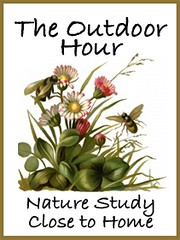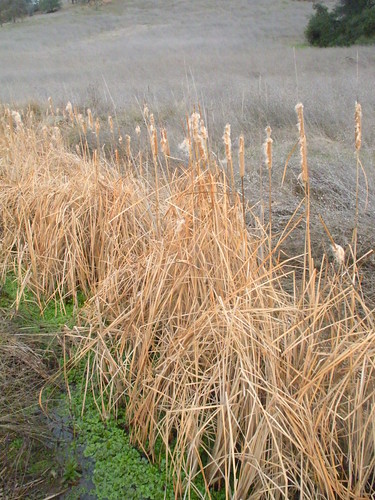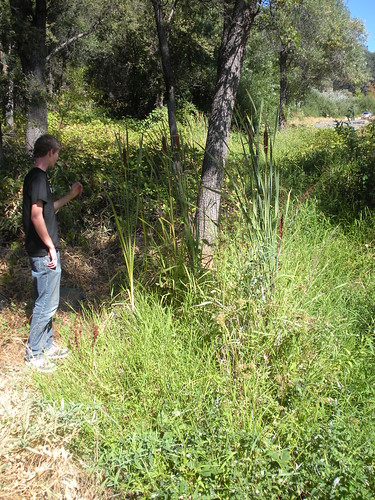
Mark Wallinger opens tomorrow in Berlin as part of
Gallery Weekend with new works. This is the artist’s fourth show at carlier | gebauer. The first piece,
Steine (2010) is comprised of one thousand numbered stones that cover the floor in the main room. Immediately probing the viewer to ask, is there an order to this system? What happens when we number something? However, there’s no taxonomy involved. These stones, with their inherent contrast of human labour and the monumental timescale of geology, catalyse thoughts of mortality, of catalogues of the vanished and the anonymous.
Creating an uneasy sense of contemplation through the surrounding photographs - camera phone images taken from websites dedicated to pictures of unknown people who have fallen asleep on public transport. Now these photographs, magnified, make up
The Unconscious (2010). Liberated from the tense consciousness of the waking state, their faces seem to exist somewhere beyond them, and yet, following an unconscious ordering principle, they resemble themselves more in this lapsed state than when awake. Wallinger’s inversions of individual and social consciousness are continued in a series of further compositions in this exhibition. In
Word (2010), a wall filled with text from The Oxford Book of English Verse 1250 – 1918. However all punctuation and grammatical signs have been removed. This renegotiate the meaning, making it disorientating looking for rhythm and rhyme. Without titles, devoid of those conventions that otherwise endow this publication with its incontrovertible authority, a single word containing centuries of linguistic and aesthetic evolution.
In The Magic of Things (2010), Wallinger edits, in chronological order, all the unpopulated moments and spaces where acts of sorcery occur; in scenes that reference memories of suburban culture, in locations peripheral to the main action, in its unconscious interiors. Removed from their agency, floating teacups, self-mending mirrors and a car that arrives from the afterlife through the living room wall all acquire a level of supernaturalism as the internal rationale of the fiction is removed. There is an awkward parity here between The Magic of Things and contemporary art’s exorcism of the “aura” of the artwork, where the recipient of cherished ideas and peerless skills of the now absent artist animate inanimate material. And yet for all the obvious trickery we are not disenchanted.

In the second room Wallinger opens up an auditorium: 100 second-hand chairs, which are all different. They have been organised in ten miscellaneous rows of ten. Quite literally, making his mark, the word MARK is handwritten in marker pen on the rear of each chair’s back-rest and white threads run like perspective lines from each of these to meet their vanishing point.
In According to Mark (2010), everything belongs to MARK. In the reflection of the gaze the artist becomes his own audience here, his only perspective. In his book
The Logic of Sense, Gilles Deleuze describes a critique of the dominant ideology, which no longer seeks to pull back the curtain behind which it assumes truth will be found, but instead feels its way across the curtain, moving along it and mimicking its structures. Wallinger’s works unfurl across this surface. In his oeuvre social consciousness is dragged up to the surface.
If you’re in Berlin this weekend, don’t miss this show. Opening 1 May and continuing until 5 May.
For further information visit:
www.carliergebauer.com or
www.gallery-weekend-berlin.de


 We have been looking forward to this challenge for a few weeks now. Watching our little patch of cattails, my boys observed that the new growth is coming in and we will be anxious to take a closer look using this challenge.
We have been looking forward to this challenge for a few weeks now. Watching our little patch of cattails, my boys observed that the new growth is coming in and we will be anxious to take a closer look using this challenge.



 A late afternoon stroll through Trafalgar Square.
A late afternoon stroll through Trafalgar Square. Today is the draw for the Shhh competition.
Today is the draw for the Shhh competition.




 This may be one of your last glimpses of this building. Part of a disused building around the Kings Cross area. The whole area is being redeveloped with a new arts university, shopping complex and apartments. Most of it is currently old railway yards and warehouses.
This may be one of your last glimpses of this building. Part of a disused building around the Kings Cross area. The whole area is being redeveloped with a new arts university, shopping complex and apartments. Most of it is currently old railway yards and warehouses.